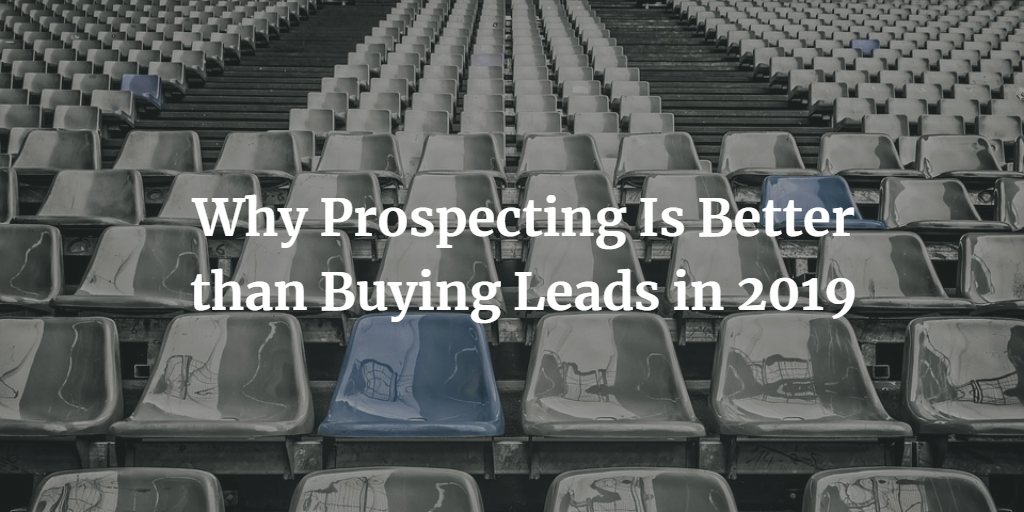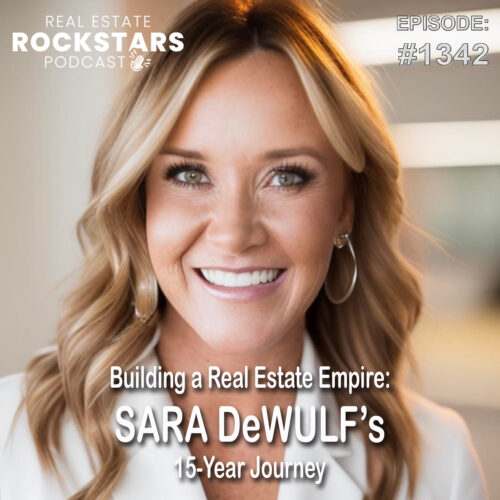Like many veteran agents, James Festini has seen a drastic drop in the quality of online leads in recent years. Sick of spending thousands monthly on low-converting leads, James decided to stop buying leads in 2019 entirely.
Now, instead of buying online leads, he generates his own and has had much more success converting them into clients.
In the podcast below, James details why buying leads in 2019 from Zillow and Realtor.com is a bad idea. For an overview of the episode’s top takeaways and a rundown on James’ prospecting process, read on.
[app_audio src=”http://traffic.libsyn.com/hibandigital/James_Festini_4.mp3″]
What is a real estate lead?
So, what is a real estate lead? First, let’s start by explaining what a lead is not.
A contact is someone who isn’t in a position to make a decision regarding the purchase or sale of a home. A renter, for instance, who isn’t qualified to purchase a home is a contact, not a lead.
A lead is someone who can, if they choose, elect to opt in on real estate services. Qualified home buyers and homeowners are both leads, even if they’re not looking to buy or sell at this exact point in time.
Why buying leads in 2019 is a bad option
Around the time that Realtor.com and Zillow started selling leads, James was spending roughly $5,000 on online leads per month. He continued doing so for years because he was getting great returns.
But in recent years, something changed.
James’ returns dropped significantly, something he associates with changes both platforms made in the opt-in process several years back. Users were no longer required to manually enter their contact details. Instead, they could simply click the “Log in Using Facebook” button.
The reason this change affects the quality of these leads is that many users don’t realize that they’re opting in to calls from real estate agents when they click that button.
Many of these new Zillow and Realtor.com “leads” aren’t leads at all; they’re not people who are qualified to buy or sell property, nor are they looking to do so at some point in the foreseeable future. More often than not, these are simply people with a fleeting interest in real estate.
James’ alternative to buying leads: old-school outbound prospecting
Because of the diminishing returns James experienced with online leads, he decided to ramp up his outbound prospecting efforts.
During the work week, James makes an effort to speak to at least 100 contacts per day by phone. To hit that number, he typically needs to make around 1,200 dials, which is possible thanks to the use of a multi-line dialer.
Additionally, he strives to physically knock on 100 doors per day, a practice that typically nets him somewhere between 20-30 conversations.
Combined, these efforts get James 1-5 bona fide leads daily.
A quick, effective script for sellers
When speaking to contacts over the phone or in person, James gets right to the point with the simple script below.
James: “Hi, my name is James. I’m with Century 21. I was just wondering if you have any interest in selling your house.”
Prospect: “Not now.”
James: “Oh, do you think maybe down the road that will change?”
Prospect: “Eventually, yes – we are going to move.”
James: “Alright, do you have any idea what your home is worth?”
Prospect: “Roughly $700,000 or so; that’s what the tax assessment said.”
James: “Would it be alright if I email you some information on the value? What’s a good email for you?”
Using this simple script, James is able to separate contacts from legitimate leads, capturing contact details in the process. After following up as discussed during the conversation, James maintains a contact schedule with each lead based on their timeline to sell.
For information on this follow-up schedule and more details on generating high-quality leads via outbound prospecting, listen to Pat’s podcast interview with James Festini.






